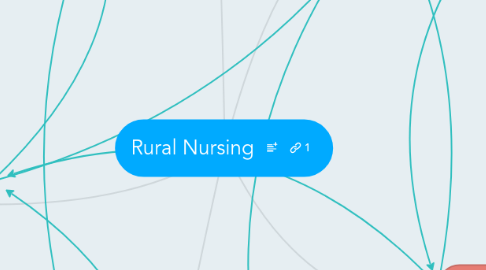
1. Emergency Critical Care
1.1. Rapid Assessment - Primary & Secondary Survey
1.1.1. Airway
1.1.2. Breathing
1.1.3. Circulation
1.1.4. Disability
1.1.5. Environment
1.1.6. Full Head to Toe - five Interventions
1.1.7. History - AMPLE
1.2. Gathering information - Health History
1.2.1. Calling and Communicating the Physician
1.2.2. Chief Complaint - What Brought you into the Hospital?
1.3. Interventions
1.3.1. Medications
1.3.1.1. Pain Control
1.3.1.2. Cardiac Medications
1.3.1.3. Physician Standing Orders
1.3.1.4. Narcotics
1.3.1.5. Analgesics
1.3.2. Oxygen Therapy
1.3.3. Starting Intravenous Therapy
1.3.4. ECGs
1.3.5. Full Head to Toe Assessment
1.3.6. Vital Signs
1.3.7. Assessments
1.3.7.1. Glascow Coma Scale (GCS)
2. Self-Regulation
2.1. Continued Learning
2.1.1. Personal Development Days
2.1.1.1. ACLS
2.1.1.2. PICC/CVCs Seminar
2.1.1.3. PALS
2.1.1.4. STARS Simulation
2.2. Professional Development
2.2.1. CARNA Seminars
2.2.2. SRNA Seminars
2.3. Knowledge of Facility Policies & Procedures
2.3.1. Changing policies or procedures to protect patients and yourself as an RN
2.4. Yearly Competency Portfolios & Registration
2.5. Self Reflection
2.5.1. On-Action
2.5.2. In-Action
2.6. Growing Autonomy
2.6.1. Independence
2.6.2. Confidence in one's knowledge and skills
2.6.3. Critical Thinking
2.6.3.1. Clinical Judgment
3. Professional Boundaries
3.1. Smaller Communities see you as 'Nurse'
3.1.1. Personal Life
3.1.2. Professional Life
3.2. Caring for:
3.2.1. Family
3.2.2. Friends
3.2.3. Acquaintances
3.2.4. Prominent Members of the Rural Community
3.2.4.1. Mayor
3.2.4.2. Priests
3.2.4.3. RCMP Officers
3.2.4.4. Physicians
3.2.5. Colleagues
3.2.5.1. Fellow Nurses
3.2.5.2. Care Staff
3.2.5.3. Laboratory Technicians
3.2.5.4. Kitchen & House Keeping Staff
3.2.5.5. Paramedics
3.2.6. Members of Surrounding Communities
4. Leadership in Nursing
4.1. Patient Advocate
4.1.1. Working with Vulnerable Populations
4.1.1.1. Elderly
4.1.1.2. Mennonites
4.1.1.3. Pilipino Populations
4.1.1.4. Cancer Patients
4.1.1.5. Babies and Children
4.1.1.6. Special Needs
4.1.2. Communicating with Physicians - concerns or questions patients/family members might have
4.2. Delegation
4.2.1. Working as the Charge nurse during day & night shift
4.3. Providing culturally safe and competent care
4.3.1. Recognizing all cultures view health differently
4.3.2. Allowing for Spiritual care during admission
4.4. Supportive Environments
5. Acute Care
5.1. 10 Beds
5.1.1. Convalescent Care
5.1.2. Palliative Care
5.1.3. Acute Care
5.2. Nursing Care
5.2.1. Vital Signs
5.2.2. Head to Toe Assessments
5.2.3. Medications
5.2.3.1. Knowledge of Medications
5.2.3.2. Patient Education
5.2.3.3. 3 Checks & 10 Rights during Medication Administration
5.2.4. Monitoring critical patients
5.2.4.1. Communication with Physicians
5.2.4.2. Lab Diagnostic Critical Levels
5.2.4.3. Thorough Documentation - DARE
5.2.5. Assisting with Personal Hygiene/Oral Care
5.2.6. Discharge Planning

